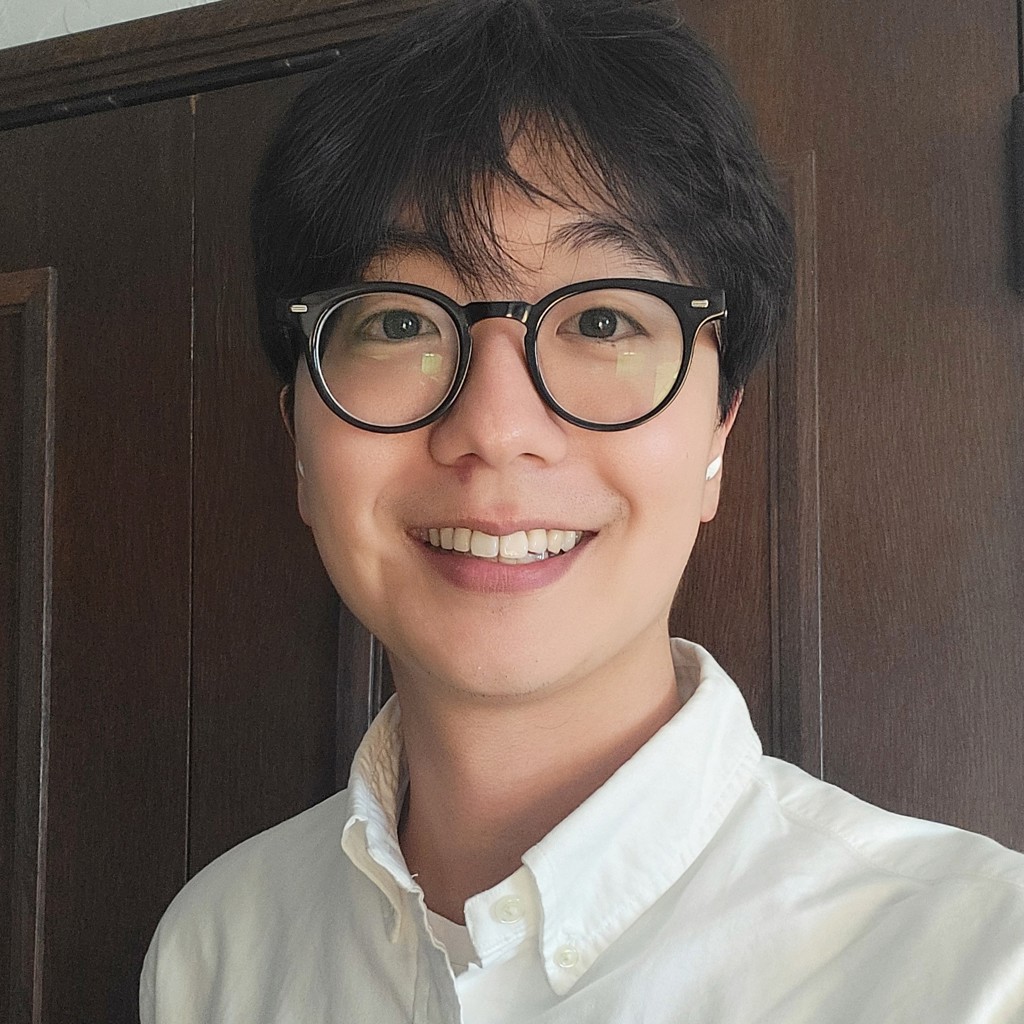Geun Ho Ahn
23 - 28 June 2024
Stanford University
Stanford, California USA
Events
Geun Ho Ahn
Stanford University

Photonic Inverse Design
Despite a great progress in photonics over the past few decades, we are nowhere near the level of integration and complexity in photonic systems that would be comparable to those of electronic circuits, which prevents use of photonics in many applications. This lag in integration scale is in big part a result of how we traditionally design photonics: by combining building blocks from a limited library of known designs, and by manual tuning a few parameters. Unfortunately, the resulting photonic circuits are very sensitive to errors in manufacturing and to environmental instabilities, bulky, and often inefficient. We show how a departure from this old-fashioned approach can lead to optimal photonic designs that are much better than state of the art on many metrics (smaller, more efficient, more robust). This departure is enabled by development of inverse design approach and computer software which designs photonic systems by searching through all possible combinations of realistic parameters and geometries.
About the Speaker
Geun Ho Ahn is a postdoctoral researcher at Stanford University. He earned his Ph.D. in Electrical Engineering from Stanford University, where he was a Stanford Graduate Fellow under the guidance of Professor Jelena Vučković. He previously obtained his B.S. in Electrical Engineering and Computer Sciences from the University of California, Berkeley, as a Haas Fellow.
Dr. Ahn's research spans the intersection of integrated photonics, material sciences, and computational optimization to enable novel integrated photonic-electronic systems. His work aims to advance applications in optical interconnects, metrology, and quantum science and technology. His recent research projects include the development of on-chip narrow-linewidth lasers, on-chip optical isolators, inverse-designed micro-resonators, and the heterogeneous integration of photodetectors and optical modulators on a chip.
